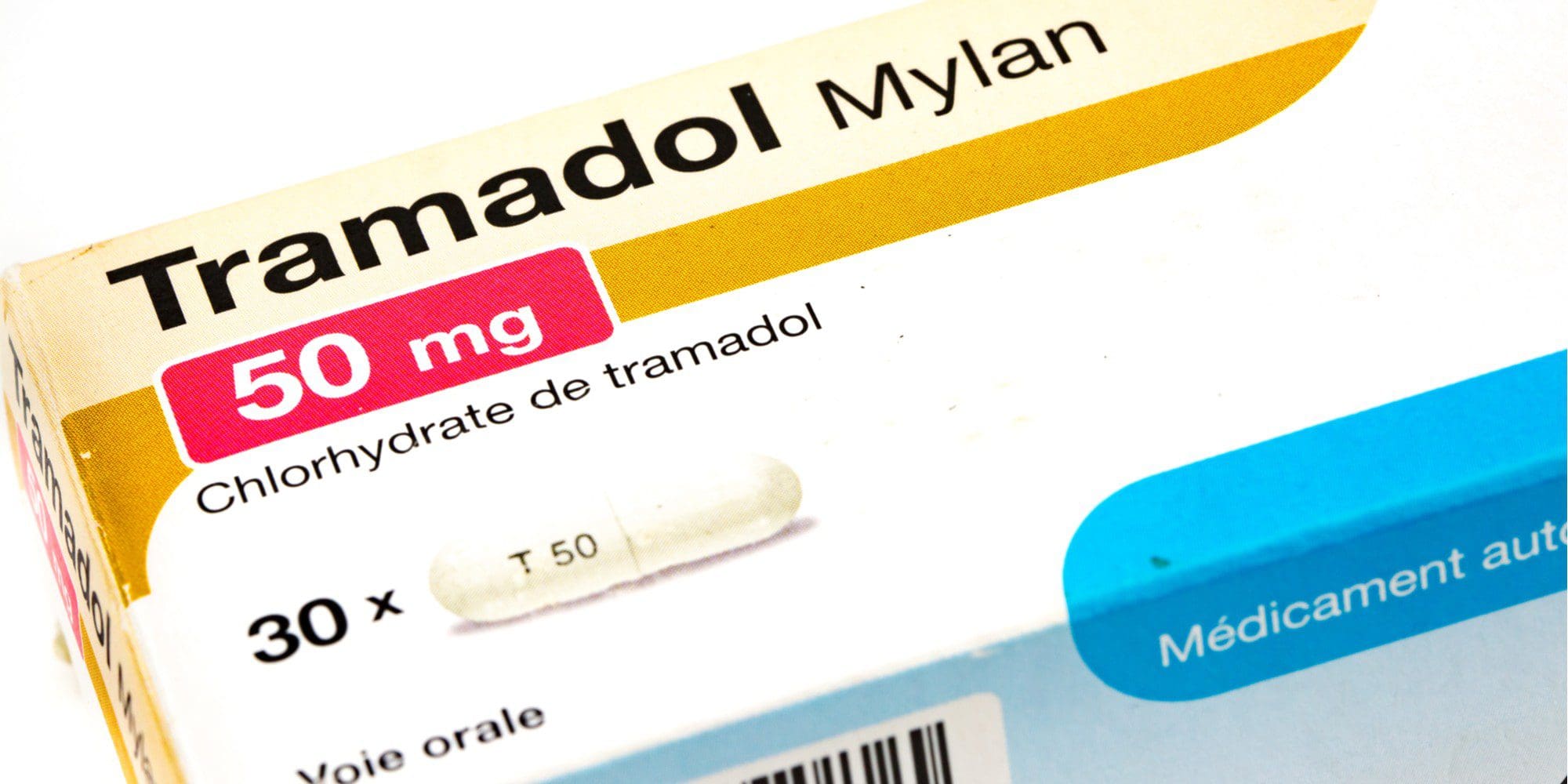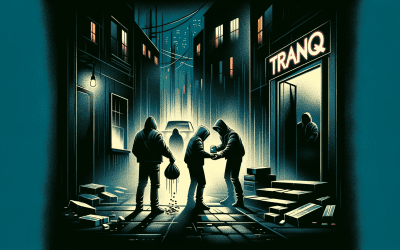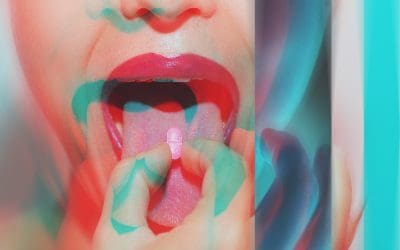Tramadol—also known by the brand name Ultram or Conzip—is a painkiller prescribed for the treatment of mild to moderate chronic pain. Because it has a less intense effect than traditional painkillers, tramadol has developed a reputation as a less addictive choice for chronic pain relief. However, as the DEA and FDA have cracked down on commonly abused painkillers such as oxycodone, rates of tramadol addiction have been rising in the US.
Since 2014, tramadol has been classified as a Schedule IV controlled substance by the DEA, meaning that prescriptions and refills are monitored and restricted. Unfortunately, tramadol misuse seems to be on the rise. The Substance Abuse and Mental Health Services Administration (SAMHSA) reported that the number of tramadol-related emergency room visits increased by 250% in just over five years.
What Is Tramadol?
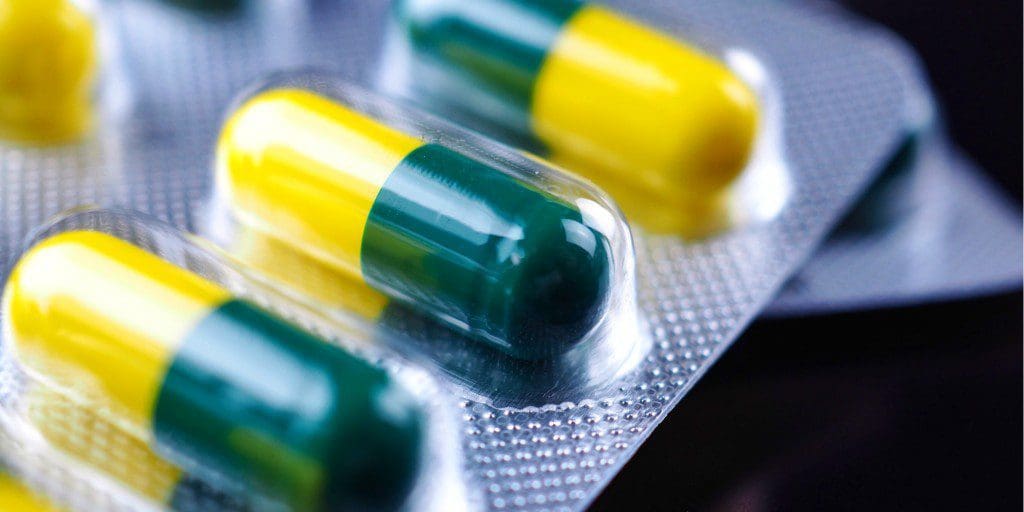
Tramadol is a synthetic opioid painkiller, similar to other opiate or opioid drugs such as morphine or oxycodone. The drug’s painkilling effect is about one-tenth as strong as that of morphine. Each year, almost seven million Americans receive tramadol prescriptions to help control their pain.
As an opiate, tramadol treats pain by interacting with the body’s opioid system, which interacts directly with the pleasure and motivation centers of the brain. This intense reaction gives opiates their strong addiction potential. As the brain adjusts to deal with the elevated levels of neurotransmitters that opiate use causes, it becomes harder for users to feel pleasure or motivation without it. This causes many users to compulsively use the drug in order to feel normal again.
Can You Get Addicted to Tramadol?
The largest misconception about tramadol is that because it has a weaker effect than other opioids, it is not addictive. Tramadol addiction can indeed develop in those who abuse Tramadol, and it has the potential for people to develop tolerance, dependence, and drug-seeking behavior as a result.
Regardless of the strength of the opioid, prescription painkillers based on opiates can be highly addictive. Research from the World Health Organization has shown that, among opioid abusers, tramadol addiction creates a craving response that is similar to that for oxycodone.
Take your first step towards recovery.
Tramadol, like other opioids, acts directly on receptors in the brain that deal with motivation and pleasure. When a person takes tramadol, it affects serotonin, norepinephrine and mu opioid receptors in the brain. Taking the drug, especially at higher doses or for longer periods of time than a physician recommends, can lead to dependence.
By taking high doses of the drug, individuals end up with a tramadol high similar to more powerful opioids like oxycodone. Even when the drug is used properly and under the supervision of a doctor, tramadol users can experience adverse reactions to it, such as nausea and dizziness. Tramadol addiction makes the drug more dangerous and puts the user at risk for severe side effects or overdose.
Can You Overdose on Tramadol?
Like other opiods, tramadol carries the risk of potentially fatal overdose, especially when combining tramadol and alcohol. When comparing the risk of tramadol vs. hydrocodone or oxycodone, however, Tramadol does pose a lower risk of immediate danger from overdose.
The symptoms of a tramadol overdose, such as slowed breathing and seizures, can be very severe and even result in death. The opioid overdose reversal medication naloxone may help in some cases, but it cannot always prevent tramadol overdose death. Unlike with other opioids, naloxone is only partially effective against tramadol.
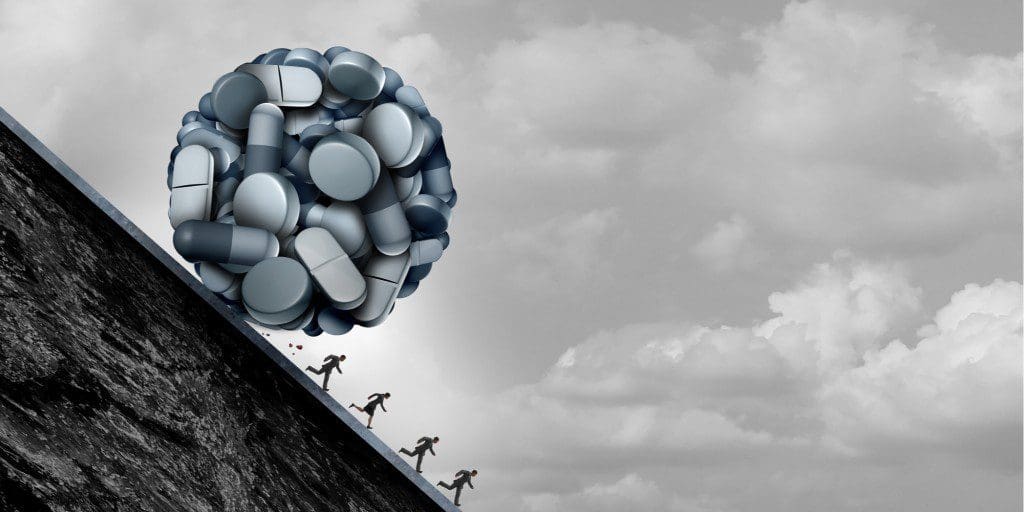
Symptoms of Tramadol Addiction
If your loved one has been prescribed tramadol for pain relief, it may be difficult to tell if they are abusing it. Tramadol addiction occurs when a person uses it in any way other than prescribed, such as taking a higher dose, taking it more often, or taking it for a longer duration.
A person abusing tramadol may also try alternative methods of ingesting the drug. Many illicit users will try smoking, injecting, or snorting tramadol in order to achieve a more intense high. If your loved one is abusing tramadol by snorting or injection, you may notice powder residue on their clothes or paraphernalia such as rolled paper or syringes among their things.
People who are going through tramadol addiction often begin to act differently. They may attempt to hide their drug use and behave secretively, disappear for long periods or lie about where they’ve been. You may notice them spending time with a new group of people and losing interest in things they once enjoyed, such as social activities and friendships.
The physical signs and side effects of tramadol addiction include:
- Pinpoint (very small) pupils
- Changes in appetite
- Nausea or vomiting
- Drowsiness
- Slurred speech
- Headaches
- Impaired coordination
The more severe symptoms of tramadol abuse typically occur when taking higher doses of the drug in combination with another substance. Severe symptoms of tramadol abuse can include seizures and central nervous system depression.
Does Tramadol Addiction Cause Withdrawal?
Over time—generally several days or weeks—the body can become dependent on tramadol, especially if it is taken in high doses. Those physically dependent on tramadol will experience withdrawal symptoms if they reduce their dose too quickly or stop taking the drug altogether.
If your loved one is physically dependent and abruptly stops taking tramadol, they will experience tramadol withdrawal symptoms such as chills, weakness and cramps, as well as increased blood pressure, breathing and heart rate.
These symptoms generally last for five to seven days. Typically, those who have taken higher doses of tramadol and for longer periods of time have more severe withdrawal symptoms. An inpatient, medically supervised detox is recommended to wean individuals off tramadol in order to reduce withdrawal symptoms.
Getting Treatment for Tramadol Addiction
Treatment for tramadol abuse and addiction usually begins with medically supervised detox, which provides medical care for individuals who are physically dependent on opioids. Once the body is rid of tramadol, you can address the addiction without the distraction of physical cravings.
If you or someone you love needs help dealing with tramadol addiction, we can help. At the Blackberry Center, we provide personalized, evidence-based treatment. We understand how frightening having a substance use disorder and mental health struggles can be.
This is why we offer a range of personalized programs to help with whatever you might need. Whether it’s managing chronic pain and addiction, detoxing from prescription drugs, or standard mental health care, we’re here for you.
If you’re ready to take the first step toward recovery, contact us today. Reach out to us for assistance today by calling (813) 908-4199 or by filling out our confidential online form.

